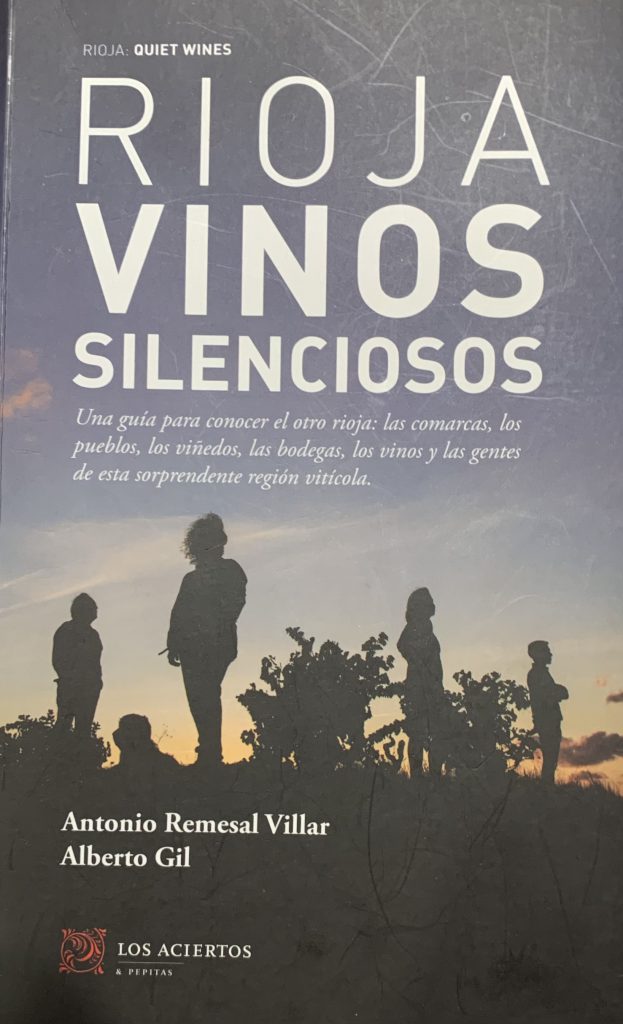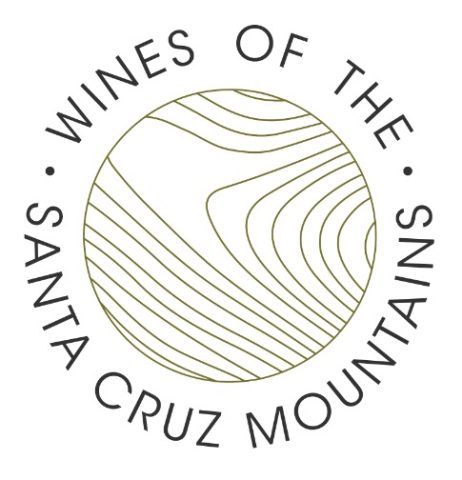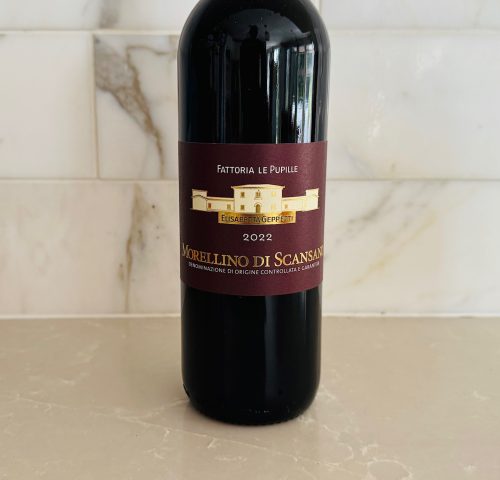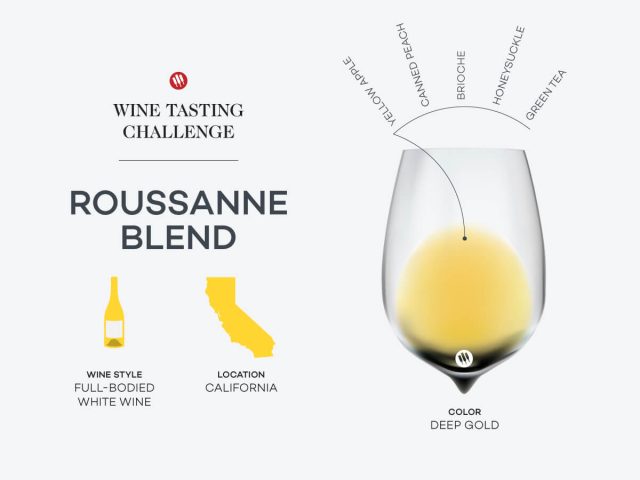Rioja Vinos Silenciosos—Rioja’s Quiet Wines: Book Review

This is a review about a book that’s only available in Spanish, but it’s an important book, and the review itself hopefully explains the ongoing wine revolution in what is arguably Spain’s most important wine region. We used this book extensively in writing our upcoming report (watch for it in early November) on the wines of Rioja.
Rioja is in the process of rediscovering its terroir, what Tim Atkin calls “un terremoto de transformaciónes”, which reads better than its English translation, “an earthquake of transformations”. After decades, well over a century, of producing wines that are blends of regions and vineyards, Rioja is now making village wines, single vineyard wines, and wines from old grape varieties that express the diverse terroir of the region. Many of the single vineyard wines are from century-old, dry-farmed bush vines, some pre-phylloxera and self-rooted, often found in remote, mountainous areas. And the people finding these old vineyards and making wine from them are often young, well trained at one of the region’s excellent wine programs, and with international exposure and experience.
Rioja Vinos Silenciosos is written by Alberto Gil, a wine writer for the newspaper La Rioja for over 25 years, and Antonio Remesal Villar, an agricultural engineer at the Universidad Pública de Navarra. The two of them have deep knowledge of Rioja and its vineyards and winemakers. And that knowledge is what they transmit in this book with profiles of the many, many ground-breaking wineries and winemakers who are little known outside Spain.
Their approach to Rioja is radically different from the traditional, which discusses the three subregions Rioja Alta, Rioja Alavesa, and Rioja Oriental. These subregions are themselves highly varied in terms of rivers, mountains, and soils, and their boundaries are determined as much by history as geography. So the authors create their own subregions, eight in number, that are more coherent and then go on to discuss their terroir, the villages, and history before profiling the new and important wineries, winemakers, and their wines.
What’s important about this book is the focus on diversity, not only Rioja’s terroir, but also diversity of those who are growing the grapes and making the wines. Many of the young people making wine are from families that have grown grapes for generations. Some are from established wine producing families, but most have helped their families move from selling grapes to the local cooperative to making and selling their own wine.
Unfortunately, few of these new wines from new wineries find their way to America, which seems stuck on the traditional wines and wineries of Rioja. Hopefully, this book and our forthcoming report will help to open up the consumer and market to some of the most exciting wines in the world.
Published by Los Aciertos and available at Amazon.com.
Don Winkler, Editor and Co-Publisher, International Wine Review





